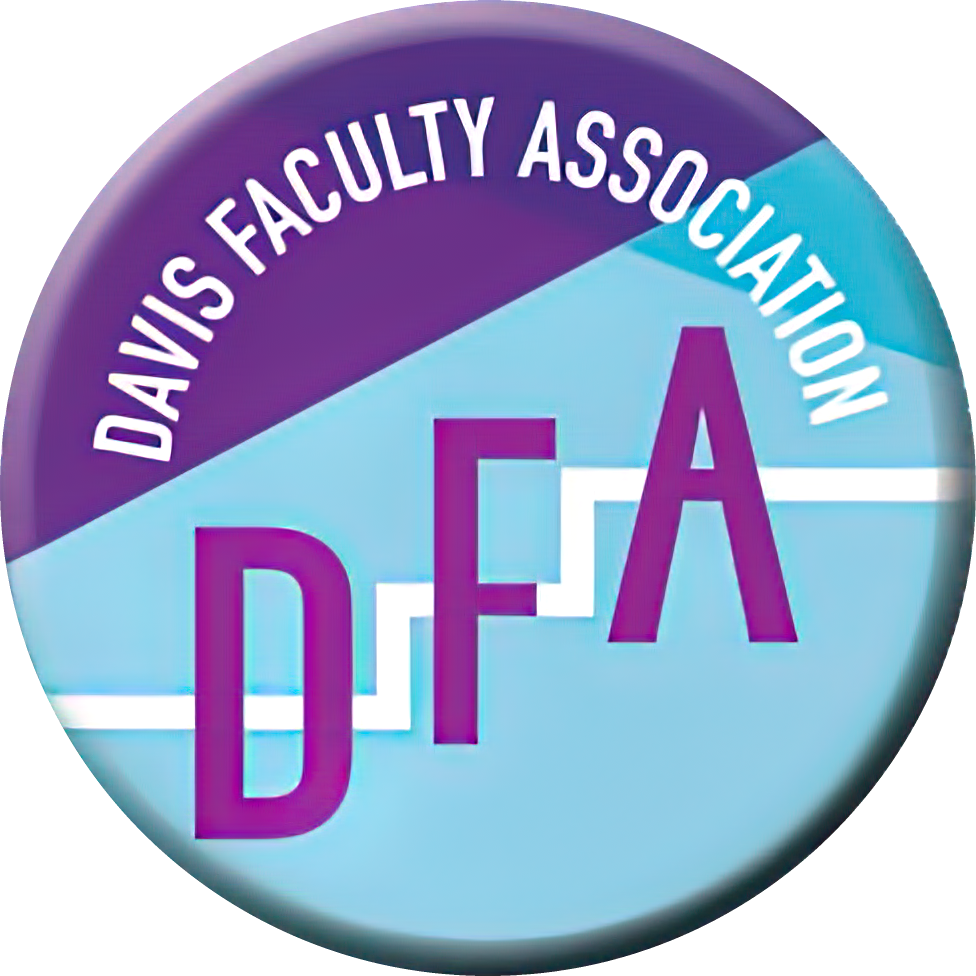Saturday’s San Francisco Chronicle had an article about a proposal published by UC Berkeley Chancellor Robert Birgeneau last Friday. Birgeneau’s proposal would allow each campus to set its own individual fee level. As the Chronicle article points out, “His idea runs counter to the university’s long-standing policy that all UC campuses should be treated equally in terms of tuition and faculty salaries.”
Birgeneau’s proposal is available at:
http://newscenter.berkeley.edu/chancellor/access/
The Chronicle article is available at:
http://www.sfgate.com/cgi-bin/article.cgi?f=/c/a/2008/11/22/BANO14A2BH.DTL
CUCFA Vice President Stanton Glantz is quoted extensively in the Chronicle article criticizing Bergeneau’s proposal. Although not explicit in the Chronicle article, this criticism was informed by the Academic Council’s 2007 report “Current Budget Trends and the Future of the University of California,” the most relevant sections of which are pasted below. (The full report is available at:
http://www.universityofcalifornia.edu/senate/reports/AC.Futures.Report.0107.pdf)
———————-
Scenario 4: A Public Funding Freeze
Another downturn in state finances and continued political opposition to tax increases prompts state and University leaders to reluctantly conclude that it would be better to conduct an organized shift away from public funding than to suffer further uncertainty amidst a new cycle of budget crises. They decide to become a “state-assisted university” and to “privatize” centrally and systematically…
Campuses have become responsible for generating major portions of their operating revenue and hence for fundraising activities. Given the very different maturities, program structures, locations, and demographics of campuses that under the Master Plan had been developed as an ensemble, the campuses increasing go their separate ways, find different educational niches, and increasing different levels of quality.
By 2020 the UC system looks much like a large version of the University of Michigan system, the Texas system or the SUNY system: it has two and perhaps three flagship research campuses, and then an uneven assortment of differentiated campuses that range from research I doctoral institutions to state colleges with reduced facilities for students, higher teaching loads for faculty, and reduced knowledge output for the state.
Looking back from 2020, a few educational leaders could be found saying on the record that such scenarios were “plausible.” But these warnings were not enough. No one in California in 2006 wanted to downsize the unparalleled research university system behind one of the world’s great knowledge economies. But then no one in Michigan in 1976 wanted to close most of the factories in one of the world’s great manufacturing economies. In California as in Michigan, it happened one step at a time…
CONCLUSION
The fourth scenario, the Public Funding Freeze, would alter the UC system beyond recognition. This scenario cannot be ruled out. The state continues to carry a structural deficit, remains politically polarized, has expensive needs in health and human services, and awaits new budgetary surprises such as unfunded health care obligations for retired state employees. These problems may encourage some to move UC toward a “high-tuition/high-aid” model in tandem with aggressive private fundraising, increased industry partnerships, and expanded sales and services. This fourth scenario, however, cannot actually be achieved with private fundraising: to obtain the billion dollars that will be lost by comparison with the Compact, and to obtain it in unrestricted payouts, the University would need to raise $25 billion in unrestricted gifts. To reach the 2001-02 funding level, more than $54 billion would be needed. Alternately, tuition increases big enough to fill the gap would shrink and, at the same time, reduce the quality of the university’s student body. The overall UC system would continue in name but not in reality, as the most prestigious campuses draw on a national student pool and collect large amounts of non-resident tuition while other campuses struggle with diminished resources, fewer programs, and reduced research capacity. Wasteful intercampus competition may arise, in part in the form of the budgetary fragmentation that the Master Plan had in its time brought to a close. Since undergraduate instruction is disproportionately dependent on the state General Fund, such changes would seriously damage the assumption of a high-quality curricula for all qualified students. The Public Funding Freeze would end the UC system as we know it.
